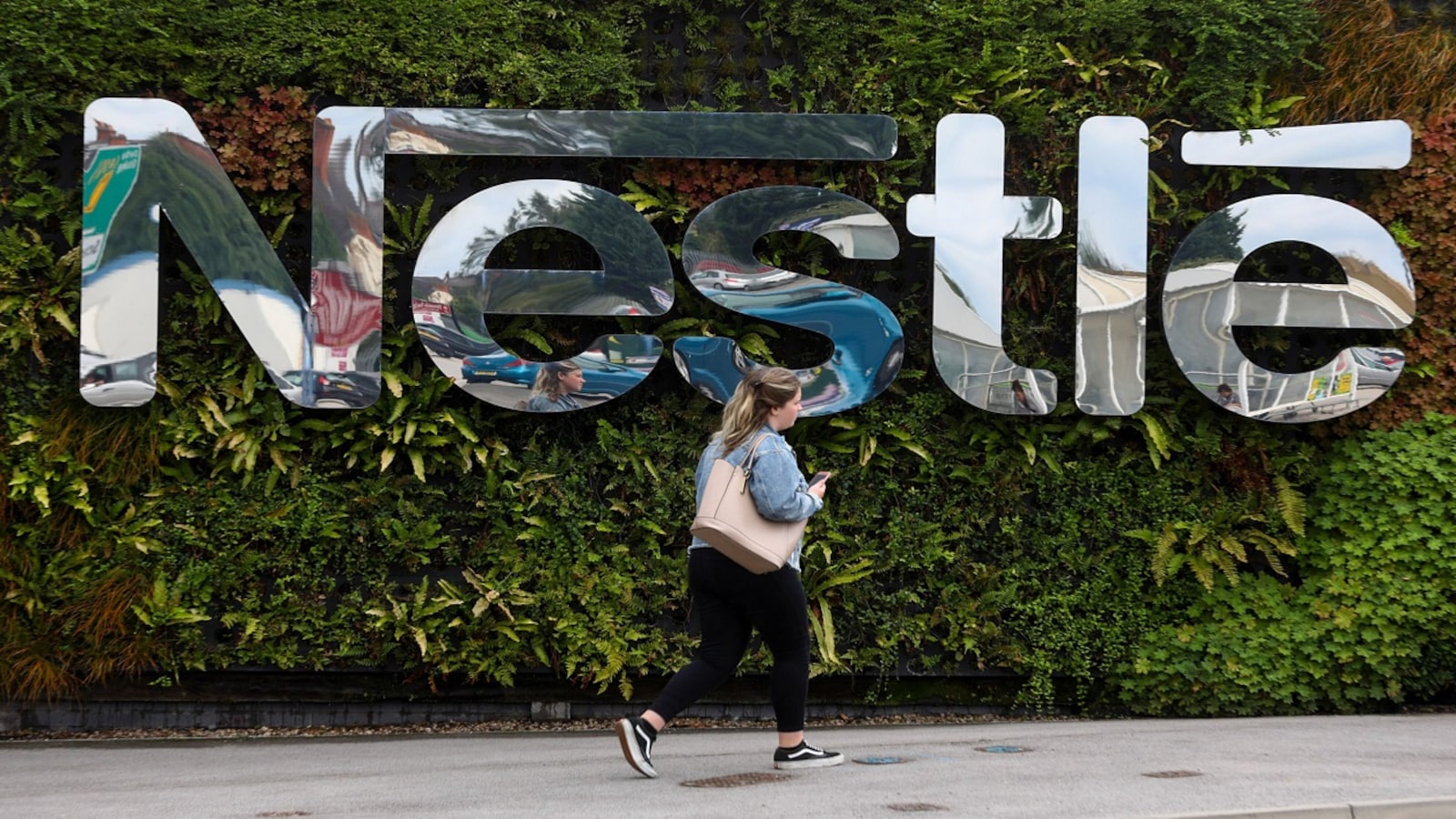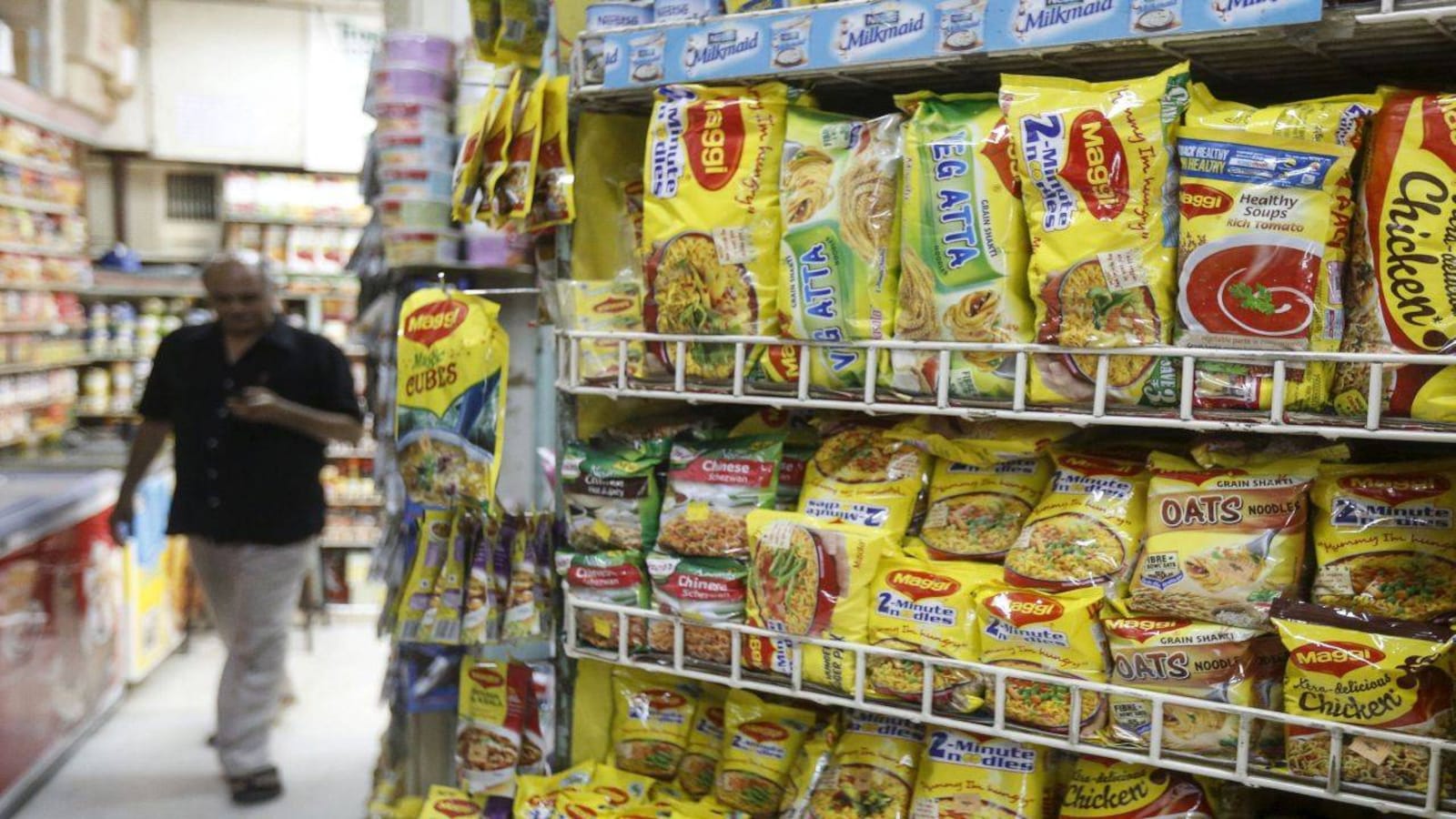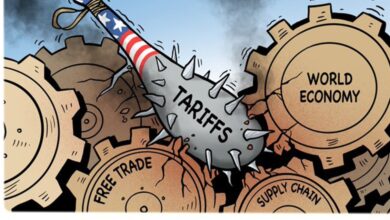According to Nestle India CMD Suresh Narayanan, growing markets are in rural and semi-urban areas 2023

According to Nestle India CMD Suresh Narayanan, growing markets are in rural and semi-urban areas 2023
On Friday, Suresh Narayanan, the Chairman and Managing Director of Nestle India, expressed that growth will be fueled by expanding into semi-urban and rural markets.
The increase that is being observed, according to Narayanan, “is not only in urban centres, or just in megacities and metros, where the growth has been robust, but also in the TC 1 to TC 6,” where the growth has been in double digits and is still robust.

Adding that 20% of the company’s income originates from rural regions, the MD stated that growth has been significant “also in rural India.”
Although not tiny, our base is considerably smaller at 20%. We still operate a sizable business, and I’m encouraged by how well-liked our brands are among customers.
Narayanan claims that the business has chosen 12 to 13 states where it would extend the penetration of its infrastructure, staff, and essential goods into rural markets. Consequently, we have yet to visit all 29 states. We are focusing on the appropriate SKUs and portfolios for these (12 to 13 state) areas and adding more distribution points.
A day after the large FMCG company announced a 37% increase in net profit to Rs 698.34 crore for the second quarter of 2023 from Rs 510.24 crore recorded in the same period a year earlier, Narayanan told reporters. From Rs 4,015.98 crore in the equivalent period of the previous fiscal, net sales grew 15% to Rs 4,619.50 crore during the period under review.

Food inflation is a significant issue for the F&B industry. Narayanan commented on it by saying, “We still have a phenomenon that we have to be concerned about, and we would want to price (products) well.”
“If the commodity prices remain as we think… then I would not be compelled to do anything as far as pricing is concerned,” he added, pointing out that while the cost of wheat and milk has remained mostly unchanged, the price of coffee has increased by around 50% to 60%.
“There are not many commodity plays in the southward direction for me to make those bigger adjustments (price cuts).”
Investment of Rs. 4,200 billion is anticipated by 2025.
Additionally, Narayanan stated that the business has “strong commitments” to supporting local manufacturing and expects to spend Rs 4,200 crore by 2025, including constructing its 10th factory nationwide in Odisha.

“The investments made were rather substantial… According to Narayanan, about Rs 2,100 crore would have already been spent on capital projects until the first half of 2023. “In the years 2023 to 2025, an additional Rs 4,200 crore would be invested. This consists of about Rs 900 crore for a new plant in Odisha,” the speaker remarked.
On July 29, 2023, Nestlé India CMD, Suresh Narayanan, pointed to rural and semi-urban markets as the company’s prime growth sources, expressing optimism about the untapped potential in these segments. This insight from the corporate helm charts a new direction for the fast-moving consumer goods (FMCG) sector, traditionally rooted in urban markets.
Mr Narayanan emphasized the need to shift focus from urban-centric growth and highlighted the untapped potential of rural and semi-urban markets. He pointed out that the increased digital penetration in these areas had created an environment conducive to market expansion.

Nestlé India’s decision comes against increasing internet penetration in rural India. According to a recent IAMAI report, rural internet users in India will reach 290 million by 2025, opening up a massive e-commerce market and digitally enabled services.
Moreover, rising rural incomes, government infrastructure initiatives, and improved access to credit have amplified consumption patterns in these markets. The transition to digital payments has also accelerated post-COVID, with people in these markets rapidly adopting digital means.
Mr Narayanan stressed that this shift towards rural and semi-urban markets does not imply moving away from urban markets. Instead, he painted a picture of inclusive growth that includes all segments.
Nestlé plans to reach these markets through strategic partnerships with local distributors and tailoring products to local preferences. The company will also invest in talent and capacity building in these regions, driving job creation and contributing to local economies.
A crucial part of Nestle’s strategy is the digital enablement of rural retailers. The company plans to enhance their digital capacities, enabling them to track inventory better, predict demand, and connect with consumers. This will not only help Nestlé establish a robust distribution network but will also boost rural entrepreneurship.
Nestlé is also prioritizing the localization of its product offerings to cater to the specific preferences of these markets. The company is expanding its research and development efforts to create products that resonate with the local palate.

Nestlé’s focus on rural and semi-urban markets signals a broader trend in the FMCG sector. As more people realize the potential of these markets, we can expect to see a rise in products tailored to meet the needs of these particular groups.
Moreover, the growth in these markets could prompt a new wave of innovation. As companies strive to meet unique consumer needs, they may need to rethink their traditional models and become more flexible and responsive.
The FMCG sector could also see increased digital transformation. As Nestlé has demonstrated, leveraging digital technologies can help companies reach remote areas, manage logistics, and gain consumer insights.
Nestlé India’s shift in focus under the leadership of Mr Narayanan is indicative of a more significant trend in the FMCG sector. Rural and semi-urban markets, with their untapped potential, are likely to drive the next phase of growth for the industry.
The strategy emphasizes the importance of understanding local contexts, promoting inclusive growth, and leveraging digital technology. This approach presents an exciting opportunity to explore new growth avenues while contributing to the development of these markets.

As Nestlé India blazes a trail towards rural and semi-urban markets, it paves the way for other companies to follow. This shift could shape the future of the FMCG sector, leading to more inclusive growth and innovation. The next few years will be crucial in determining how effectively Nestlé and the wider FMCG sector can tap into this potential and transform it into sustainable growth.




